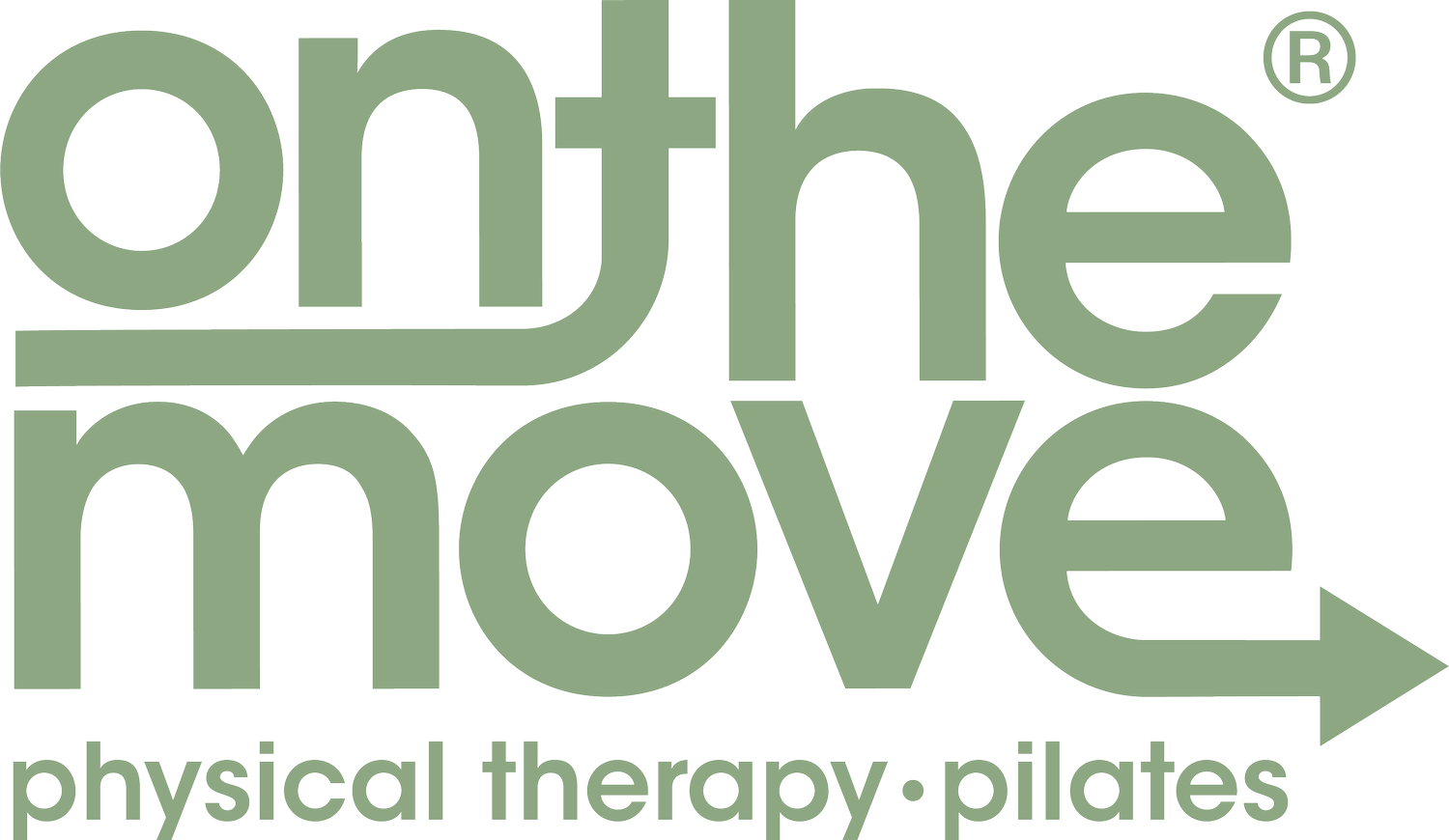Keeping Your Balance: Information and Perspective from a Retired Gymnast, Neuro Physical Therapist, and Pilates Teacher
We are often trying to find "balance" in our lives. Whether it is balancing school and athletics or balancing work and life demands. But what about our physical ability to balance? Are we trying to improve that type of balance in our day to day life?
We often do not think about how our bodies are able to stay upright and steady, but there is so much at play. The brain is constantly communicating to other parts of our body and the environment to send and receive information about our surroundings. There are more ways that we can continue to find and practice our physical balance throughout our lifespan.
Should I be training for my balance as a young athlete?
Yes, we should practice balance at all ages and all sports. Balance has three main systems that talk with the brain, but is also influenced by the strength in your core and lower body. Even as a young athlete, it is good to challenge your brain in new and various ways. Our brain is constantly re-wiring and changing connections to better meet our needs and specific activity demands (a.k.a neuroplasticity). Through repetition, challenge, intensity, and doing something that brings you joy, you can set your brain up to optimally grow and evolve.
Using the variables of eyes open or closed, single leg, foam or unlevel surfaces, and head movement can challenge your balance more.
For example, I remember as a young gymnast practicing with my eyes closed walking on the balance beam, which is a good way to increase body awareness in space and use of the vestibular system. You could also practice something like preps for full turns by doing single leg relevé with eyes closed.
A dancer could practice their dèveloppé or arabesque in a varied way such as with eyes closed or on a foam surface to challenge the foot muscles to work and the vestibular system to engage. It may not be the standard way when they go to perform or practice in class, but it will improve balance within that position.
Why do we tend to have more falls as we age?
It is very common as we age to have more challenges with our balance. This could be due to a number of factors, but inactivity is often a large factor. The less physical activity we do, the less strength and mobility we have to adjust to varying demands of our daily life. Our body and our brains need continual stimulation and challenge to maintain our function. The less often we do things that are challenging, the harder it becomes over time. You might start to notice an imbalance with standing or walking. More specifically, patients often report feeling more unsteadiness with walking on unlevel surfaces or in the middle of the night. As we age, we also have a gradual loss in vestibular (inner ear) nerve endings, which can result in changes in balance since we cannot use the vestibular system as readily to compensate. If our vestibular system isn’t working as well, then we have to increase our use of the other systems, such as our visual system. However, if we become too reliant on our visual system then things like walking in the middle of the night become even harder.
It is recommended for the elderly population to have an annual check-in with a physical therapist to assess their balance and mobility. If you have had a fall in the last 30 days, it is recommended to have an evaluation by a neurological physical therapist or physical therapist to address the potential causes and factors that may have led to the fall.
Can Pilates help my balance?
Yes, Pilates can definitely help your balance! One way to improve your balance is by increasing the strength of your core. Pilates focuses on building core strength and flexibility. Pilates also helps in connecting with your breath and improving body awareness and alignment. Your “core” includes muscles towards the center of your body. It includes muscles of your stomach, back, hips, and pelvis. Having a strong core can help you feel more stable while your other parts of your body are moving and thus help with balance when doing a variety of tasks.
At On the Move, we offer Pilates classes for all ages and abilities. Our Balance Pilates and Empower Pilates classes are suitable for all levels of students and can help you to improve your balance and restore function. Our classes are unique in that we can modify or adjust to accommodate varying ability levels.
In addition, Pilates at On the Move includes working on a variety of surfaces, standing on one leg, and changing position of your body and head to further improve your balance. Our brain and body needs new challenges in order to maintain and improve overall function and quality of life. It is never too late to try something new! Bring your friends for a fun and engaging Pilates exercise class!
